In the world of cosmetics, “threads” typically refer to a specific type of minimally invasive procedure called a thread lift. The purpose of threads in this context is to achieve a tighter, lifted appearance to the skin, particularly in the face and neck. They are used on various areas like the face, neck, brows, and even the body.
Here’s how it works:

- Lifting and sculpting: Surgeons insert dissolvable sutures with tiny barbs (like threads) beneath the skin. These barbs anchor the sutures in place, providing a lifting effect and reshaping the underlying tissues.
- Collagen stimulation: The presence of the threads triggers the body’s natural healing response, stimulating the production of collagen. This protein is essential for skin structure and elasticity, contributing to a firmer, smoother appearance over time.
Purposes of threads:
Brow lift: Raise drooping brows and reduce forehead wrinkles.
Cheek lift: Enhance cheek definition and combat sagging.
Jawline lift: Sharpen the jawline and reduce jowls
Nasolabial fold reduction: Soften the lines running from the nose to the mouth.
Overall, threads offer a less invasive and often more affordable alternative to traditional facelifts. They are suitable for individuals with mild to moderate skin laxity who are looking for a subtle but noticeable improvement in their appearance.
Threads lift: Non-surgical facelift
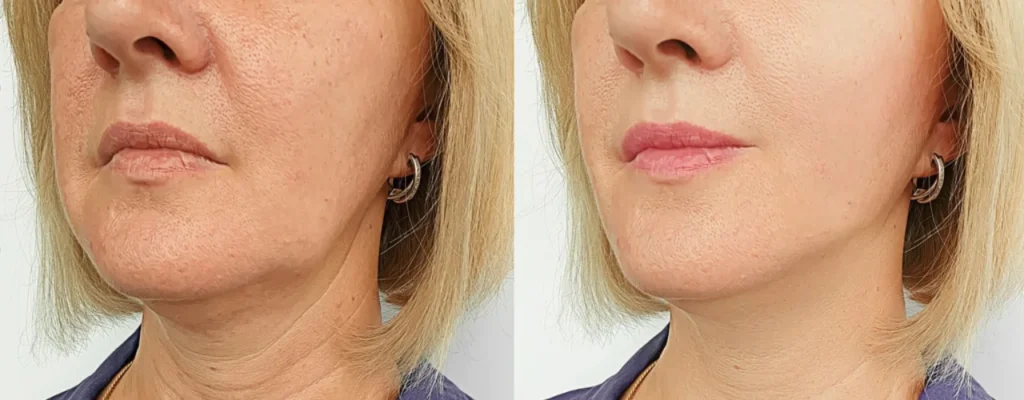
A thread lift is a minimally invasive cosmetic procedure that uses fine, barbed sutures to lift and tighten sagging skin. It’s often called a “lunchtime facelift” because it’s a quick and relatively painless procedure with minimal downtime.
Here’s how it works:
- The doctor or aesthetician will first numb the area being treated.
- They will then insert the threads under the skin using a thin needle. The threads have tiny barbs that grab onto the skin tissue and anchor it in place.
- The threads are then pulled and tightened to lift the skin.
- The excess thread is trimmed and the needle is removed.
The threads are made of a dissolvable material, such as polydioxanone (PDO), so they will eventually be absorbed by the body. The lifting effect from the threads will last for about 12 to 18 months.
Thread can be used to treat a variety of areas, including:
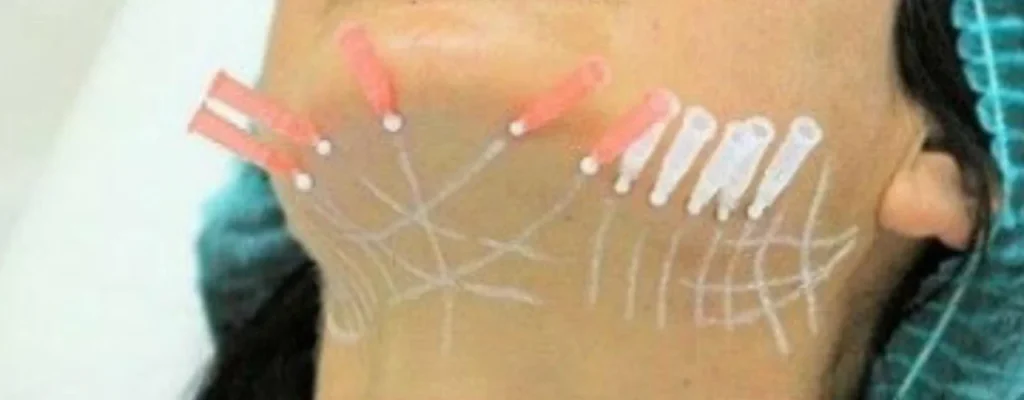
- The face: They can be used to lift sagging cheeks, jowls, eyebrows, and forehead.
- The neck: They can be used to tighten loose skin and improve the appearance of a turkey neck.
- The body: They can be used to lift sagging skin on the arms, breasts, and abdomen.
Thread lifts are considered a safe and effective procedure with minimal risks and side effects. However, it’s important to consult with a certified plastic surgeon or dermatologist to determine if you are a good candidate for the procedure.
Benefits of threads lift:
Thread lifts, also known as barbed suture lifts, are minimally invasive cosmetic procedures that use fine, barbed sutures to lift and tighten sagging skin. They’re often called “lunchtime lifts” because they can be done in about 30 to 60 minutes with minimal downtime.
Here are some of the benefits of thread lifts:
1. Less invasive than traditional facelifts: Thread lifts are much less invasive than traditional facelifts, which require general anesthesia and incisions. This means less pain, shorter recovery times, and lower risks of complications.
2. Natural-looking results: Thread lifts provide a more subtle and natural-looking lift than traditional facelifts. They don’t pull the skin too tight, which can result in an unnatural appearance.
3. Stimulates collagen production: The barbs on the threads irritate the skin in a controlled way, which triggers the body’s natural collagen production. Collagen is a protein that gives skin its structure and elasticity, so increased collagen production can help to improve the appearance of wrinkles and fine lines.
4. Faster recovery time: Because thread lifts are minimally invasive, they have a much shorter recovery time than traditional facelifts. Most people can return to their normal activities within a few days.
5. Used on a variety of areas: Thread lifts can be used to treat a variety of areas, including the face, neck, brows, and even the body.
Risk and complications of threads:
Thread lifts, while offering a less invasive alternative to traditional facelifts, still carry potential risks and complications. Here’s a breakdown of what to consider:
Common Side Effects of threads lift:

- Bruising and swelling: These are typically mild and temporary, lasting up to a week in most cases.
- Pain: Mild discomfort is common at the injection sites and treated with over-the-counter pain medication.
- Numbness: Temporary loss of sensation around the treated area can occur due to anesthesia or thread placement.
Potential Complications:
- Infection: While uncommon, bacterial infection near the insertion sites is a risk, particularly with improper hygiene or skin conditions.
- Bleeding: Minimal bleeding is expected, but excessive bleeding requiring intervention may occur in rare cases.
- Allergic reaction: Some individuals may be allergic to the thread material, causing redness, itching, or swelling.
- Unfavorable results: Asymmetry, overlifting, or unnatural appearance can occur due to incorrect thread placement or individual responses.
- Dimpling or lumpiness: Uneven skin textures due to thread migration or anchoring issues might arise.
- Visible threads: In cases of thin skin, the threads might become visible under the surface.
- Nerve damage: Injury to facial nerves is extremely rare but can lead to temporary or permanent loss of feeling or muscle function.
- Scarring: While rare, permanent scarring can occur from the needle punctures or due to infection.
Important Factors to Consider:
- Your Skin Type: Thin skin is more susceptible to complications like visible threads and dimpling.
- Your Health: Pre-existing health conditions or medications can increase the risk of complications.
- Surgeon’s Experience: Choosing a qualified and experienced plastic surgeon or dermatologist is crucial to minimize risks.
- Realistic Expectations: Thread lifts offer subtle enhancements, not dramatic results like a facelift.
Threads: Skin rejuvenation and Lifting
When discussing threads in skin tightening and lifting, we’re primarily referring to thread lifts, a minimally invasive cosmetic procedure that uses fine, barbed sutures to achieve a subtle “lunchtime lift” effect. Here’s how it works:

Process:
- Numbing: The targeted area is numbed with local anesthesia.
- Thread insertion: Thin, barbed sutures are inserted under the skin using a thin needle. These barbs anchor the threads to the underlying tissue.
- Lifting and tightening: The threads are then pulled and tightened to lift and reposition the sagging skin.
- Excess thread removal: The remaining thread beyond the anchored sections is trimmed and tucked away underneath the skin.
Benefits:
- Less invasive: Compared to traditional facelifts, thread lifts require no scalpels or general anesthesia, leading to quicker recovery times and lower risks.
- Natural-looking results: Thread lifts offer a more subtle lift compared to surgery, avoiding an “overdone” look.
- Stimulates collagen production: The barbs on the threads can trigger collagen production, leading to improved skin texture and elasticity over time.
- Faster recovery: Most people can resume normal activities within days after the procedure.
- Wide range of applications: Thread lifts can be used on various areas, including the face, neck, brows, and even the body.
Downsides:
- Temporary results: The lifting effect typically lasts 12-18 months, requiring repeat procedures for sustained results.
- Not as dramatic as surgery: Thread lifts offer a subtle improvement, not the dramatic changes possible with facelifts.
- Potential risks: Like any procedure, infection, bruising, and asymmetry are possible risks.
- Higher cost than some minimally invasive options: While cheaper than facelifts, thread lifts may be more expensive than options like Botox.
Suitability:
Thread lifts are suitable for individuals with mild to moderate skin laxity who desire a less invasive approach to skin tightening and lifting.
Remember: Consulting a qualified dermatologist or plastic surgeon is crucial to determine if thread lifts are right for you and to discuss your expectations, potential risks, and alternative options.
Additional Resources:
- American Society of Plastic Surgeons: https://www.plasticsurgery.org/cosmetic-procedures/thread-lift
- Mayo Clinic: https://www.mayoclinic.org/tests-procedures/face-lift/multimedia/face-lift-technique/img-20006128
- RealSelf: https://www.plasticsurgery.org/news/blog/what-you-need-to-know-about-thread-lifts
Sharpen Your Jawline: Non-Surgical Thread Lifts
When it comes to jawline contouring, threads offer a minimally invasive option to achieve a tighter, more defined appearance. Here’s how they work:

Types of Threads for Jawline:
- Barbed Sutures: Imagine delicate threads adorned with tiny hooks, gently inserted under your skin along the jawline.
- Cog Threads: These threads have cog-like structures that anchor into the deeper layers of skin, providing a stronger lifting effect.
Procedure:
- Numbing: Local anesthesia numbs the jawline area for comfort.
- Thread Insertion: Using a thin needle, the doctor inserts the threads under the skin in a specific pattern designed to target the desired areas of lifting.
- Lifting and Tightening: The threads are pulled and tightened to lift and contour the jawline.
- Excess Thread Removal: Any remaining thread beyond the anchored sections is trimmed and tucked away underneath the skin.
Benefits of Jawline Thread Lifts:
- Minimally Invasive: Incisions or general anesthesia are not required.
- Natural-Looking Results: Creates a subtle but noticeable lift, avoiding an “overdone” look.
- Faster Recovery: Most people resume normal activities within days.
- Promotes Collagen Production: Threads can stimulate collagen production over time, improving skin texture and elasticity.
- Versatile: Can address laxity, jowls, and undefined jawlines.
Drawbacks to Consider:
- Temporary Results: Effects typically last 12-18 months, requiring repeat procedures for sustained results.
- Less Dramatic than Surgery: Offers a noticeable but subtle lift, not the dramatic changes possible with jawline surgery.
- Potential Risks: Infection, bruising, and asymmetry are possible, although uncommon.
- Cost: Cheaper than jawline surgery, thread lifts may be more expensive than some minimally invasive options.
Good Candidates for Jawline Thread Lifts:
Individuals with mild to moderate jawline laxity and realistic expectations about the results and temporary nature of the effects might be good candidates.
Remember: Consultation with a qualified dermatologist or plastic surgeon is crucial to determine if jawline thread lifts are right for you and to discuss your expectations, potential risks, and alternative options.
Additional Resources:
- American Society of Plastic Surgeons: https://www.plasticsurgery.org/cosmetic-procedures/thread-lift
- RealSelf: https://www.realself.com/questions/thread-lift/neck
- Healthline: https://www.healthline.com/health/beauty-skin-care/pdo-thread-lift
By understanding the pros and cons and consulting with a professional, you can decide if jawline thread lifts are the right path to a sharper, more sculpted jawline.
Final Thoughts:
Thread lifts offer a minimally invasive option for a subtle skin lift, boosting collagen production and providing temporary rejuvenation. Less dramatic than facelifts, come with shorter recovery times and lower costs. Some potential risks like infection, asymmetry, and visible threads exist. Consider your expectations, skin type, and surgeon’s expertise before deciding if this procedure is the right choice for you.
Derma and Dental Clinic:
Derma & Dental Clinic stands out with its team of experienced doctors backed by scientific evidence in their chosen fields. Their diverse range of medical-grade procedures offer tailored solutions for various skin and dental needs. You can confidently book your consultation online or by phone and embark on your journey towards healthier skin and a radiant smile.
Location: Bahria Town, Lahore
Specialties: Dermatology and Dental Care
Website: Derma.pk
For Consultation:
- Online at Dermatology.pk
- WhatsApp: +923205999650
- Phone: 03041115000
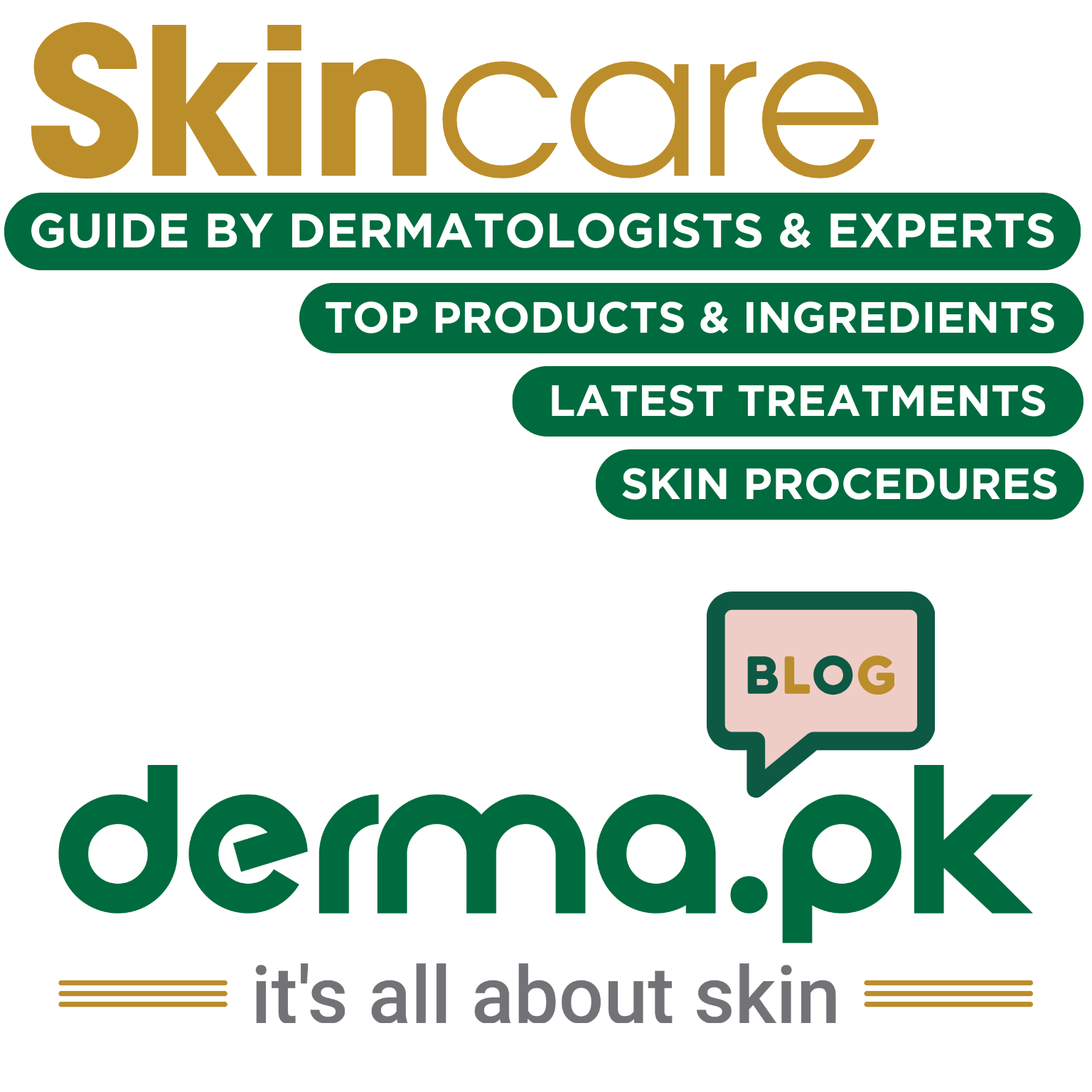




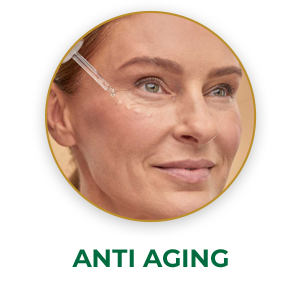




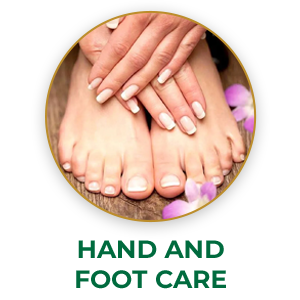



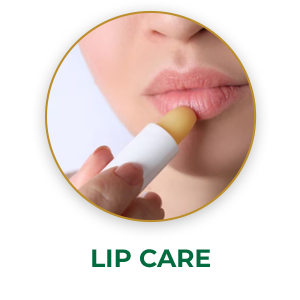





[…] Threads: Non-Surgical Threads Lift for Smoother Skin […]